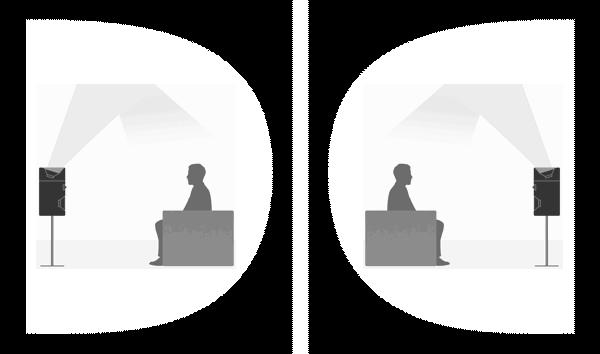Maybe the video is geo-locked. I'm in the UK.
A shame, that was a Chesky Records recording with David Chesky walking a circle around the mics playing a tom-tom. Very cool with an upmixer.
My question is simple. You mention a piano sound located at the back on a stereo track. I am asking how can you hear a piano located at the back using just two speakers, which are in the front.
No, your question was how it was located on a
track. I told you. My whole point was it works dramatically better with an upmixer and more speakers than it does downmixed into two speakers. With only two speakers, depending upon your speakers and your room (because you're attempting to use the room as additional speakers) and how susceptible your ears/brain are to psychoacoustic tricks, you may kinda-sorta-maybe hear a similar effect. That's what the artist who mixed the track and put the decorrelated signal in there is counting on.
With an upmixer, it will identify those signals. In this case, DSU will extract that "individual sound" from the left and right speakers and place it in the speakers that correlates with its correct location--which works dramatically better than trying to trick your brain into hearing it in the correct location (and with the correct timing) with only two speakers.
Here's a very simplistic one, give this a try with DSU on:
If you have a 7.1 base layer, you'll see 100% of the sound is coming from the rear speakers (except for subs, of course). So that's how you'd mix the piano (if you knew your listeners would be using an upmixer--otherwise that may not be a wise choice). If you switch to stereo mode, you may kind of hear a similar effect (again, depending upon your speakers, room, etc) but the quality is degraded significantly even if you do perceive the sound as coming from behind you.

